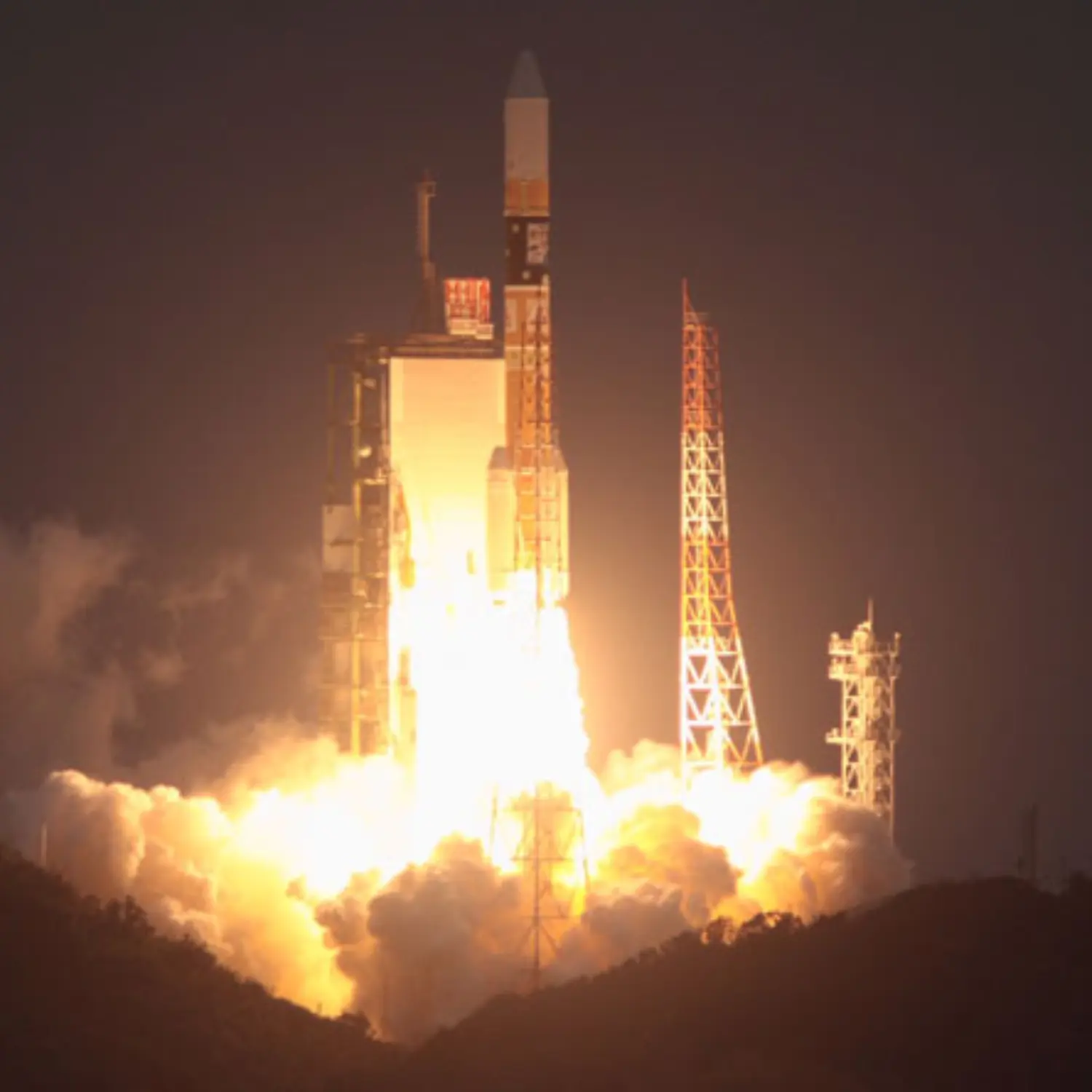/
VEP 3, Tsubasa & DASH
Launch Success
Liftoff Time (GMT)
02:45:00
Monday February 4, 2002
Mission Details
Launch Notes
First flight of H-IIA 2024.
Tsubasa
MDS 1 (Mission Demonstration Satellite 1), renamed Tsubasa after launch, is a Japanese [NASDA] satellite that was launched by a H-2A-2024 rocket from Tanegashima Space Center at 02:32 UT on 4 February 2002. It was renamed Tsubasa (meaning Wings) after the successful launch. The 480 kg satellite is intended to test the durability of commercially available semiconductors, solar batteries and computers. It is spin stabilized around the sun pointing axis.
Low Earth Orbit
1 Payload
449 kilograms
DASH
DASH (Demonstrator of Atmospheric reentry System with Hyperbolic velocity) was intended to demonstrate the reentry of a capsule with hyperbolic speed for later application in return capsules of interplanetary probes. The capsule has the same properties as the return capsule of the MUSES C (Hayabusa) mission. After launch, the DASH spacecraft did most probably not separate from the VEP 3 spacecraft, which served as a carrier. No contact could be established.
Elliptical
2 Payloads
108 kilograms
VEP 3
The VEP 3 (Vehicle Evaluation Payload 3) was a demonstration payload flown on the second flight of the H-2A launch vehicle. It consisted of instruments to monitor the thermal and acoustic launch environment on the dual launch adaptor to understand the conditions satellites will encounter while riding H-2A rockets to space. It remained intentionally connected to the cone section of the dual launch system. VEP 3 carried acoustic sensors, accelerometers and temperature sensors. VEP 3 was also to deploy the DASH reentry demonstrator, before it was separated from the launch vehicle, but this small satellite failed apparently to separate from VEP 3.
Geostationary Transfer Orbit
1 Payload
33 kilograms
Rocket


Agency
MHIRocket
Height: 53m
Payload to Orbit
GTO: 5,000 kg
Fairing
Diameter: 4.07m
Height: 12m
Stages
2
Strap-ons
4
Launch Site
Stats
H-IIA
2nd
Mission
1st
Mission of 2002
2002
3rd
Orbital launch attempt